Solid ink dispersant is a chemical additive widely used in the printing industry. Its magical effect plays an important role in improving print quality and extending printer life.
This article will reveal the efficacy of solid ink dispersants and help everyone better understand its mechanism of action and how to use it, so as to make printing work smoother.
Solid ink dispersant, a chemical substance that plays a vital role in ink production, has value and functions far beyond what appears on the surface. Its existence provides an indispensable support for the preparation and application of inks, promoting the uniform dispersion of pigments, fillers, etc. in oil-based media, thereby ensuring that the ink has excellent fluidity, stability and printing performance. Generally speaking, solid ink dispersants belong to a class of surface-active compounds, and their mechanism of action deserves in-depth discussion. It can form a stable dispersion layer on the surface of pigment particles, effectively preventing the mutual combination of pigment particles, and ensuring that the pigment is evenly dispersed in the oil-based medium. In addition, solid ink dispersants can also reduce the viscosity of inks, improve the rheological properties of inks, and make the inks easier to flow during the printing process, thereby improving the accuracy and efficiency of printing.
The correct selection and use of an appropriate amount of solid ink dispersant is crucial to the production process of solid ink. On the one hand, too little solid ink dispersant may cause pigment particles to agglomerate and precipitate, affecting the color uniformity and stability of the ink; on the other hand, too much solid ink dispersant will increase the viscosity of the ink, affecting the fluidity and printing effect of the ink. Therefore, manufacturers need to accurately control the type and amount of solid ink dispersant according to specific circumstances during the formulation design and production process.
In the selection process of solid ink dispersants, multiple factors need to be considered comprehensively, including the formula of the ink, the type and quality of the pigment, the requirements of printing, etc. At present, the common solid ink dispersants on the market are mainly organic solvent type and water-based type. Organic solvent-based solid ink dispersants usually have the advantages of low volatility and good dispersion effect, and are suitable for inks that require high color stability and printing accuracy; while water-based solid ink dispersants have the characteristics of environmental protection and safety, and are suitable for occasions with strict requirements on the printing environment.
When using solid ink dispersants, the dosage should be determined according to the specific process flow and formulation requirements of ink production. Generally speaking, the amount of solid ink dispersants added is usually between 1% and 5%. The specific addition ratio can be adjusted according to laboratory measured data and production experience to achieve the best dispersion effect.
In summary, solid ink dispersants play an indispensable role in ink production, and their role far exceeds our initial cognition. It can not only improve the dispersibility and rheological properties of inks, but also improve the printing quality and efficiency of inks. Therefore, in the preparation and use of inks, the accurate selection and use of solid ink dispersants is one of the keys to ensure the stability of ink quality. It is expected that with the continuous advancement of science and technology and the development of the ink industry, solid ink dispersants can continue to innovate and bring more development opportunities and challenges to the ink industry.

